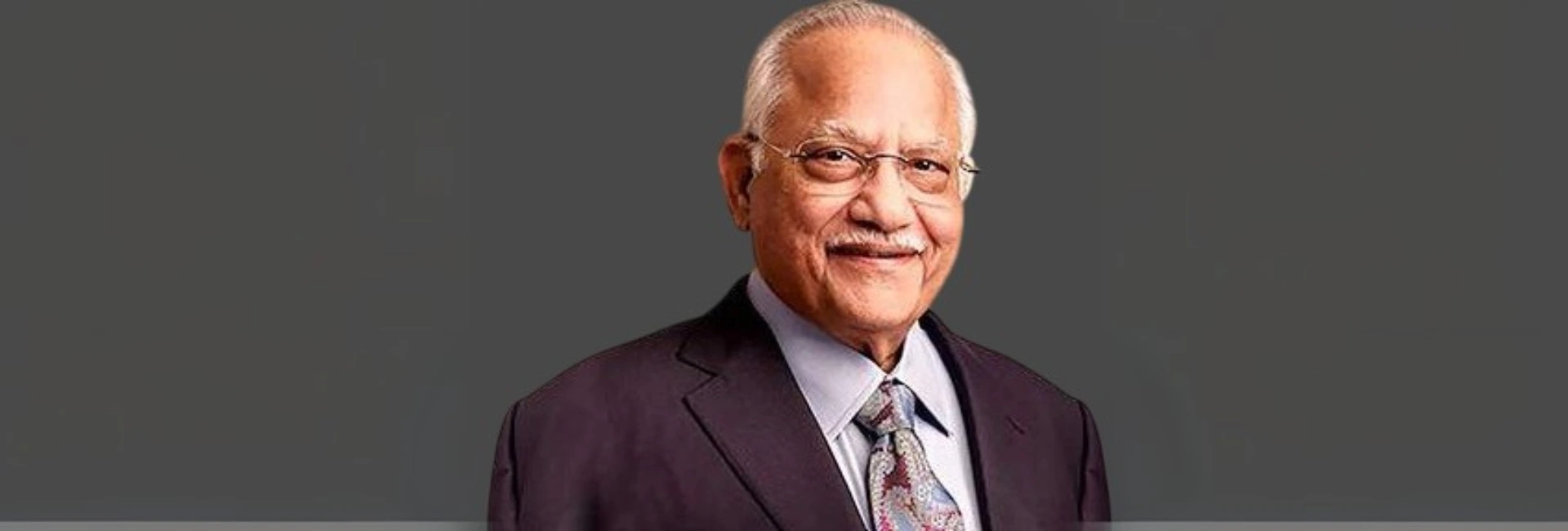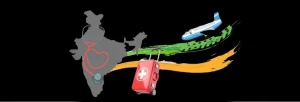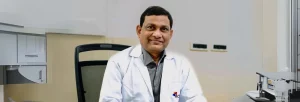(October 7, 2025) India, once a nation of medical seekers abroad, is steadily becoming a destination for foreigners seeking care. The country’s medical map, once marked by scarcity, now draws families from across continents in search of affordable expertise and trusted treatment. Dr. Prathap C. Reddy, founder and chairman of the Apollo Hospitals Group is one of the pioneering figures who made this reversal possible. His dream had always been to make India a global healthcare hub – ‘Heal in India’ for the world.
The world by end of the decade needs eight million healthcare professionals and only India can provide this.
Dr Reddy remarked in a recent CNBC interview
The 92-year-old doctor-entrepreneur still makes his rounds through Apollo’s corridors. While his stride may have slowed, but his purpose has not. Under his watch, Apollo Hospitals, in Dr. Reddy’s own words, “has treated more than 100 million patients from 160 countries,” transforming not just Indian healthcare but the world’s perception of it.
The Padma Bhushan (1991), the Padma Vibhushan (2010), and even a commemorative postage stamp are recognitions of the man who turned his early frustration as a young doctor in India into a national movement. However, his story is not one of easy triumphs. It is a chronicle of a physician who faced failure, grief, bureaucracy, and disbelief, and then chose to build something stronger than all of them.
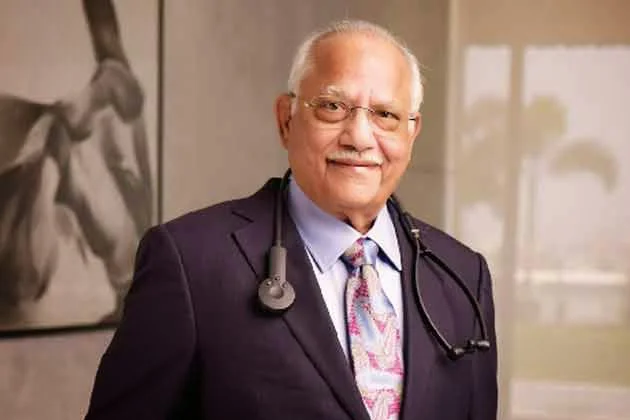
The physician who helped rebuild a system
When Dr. Prathap C. Reddy left for the United States in the 1960s after graduating from Stanley Medical College in Chennai, he was part of a generation of Indian doctors who found opportunity abroad but left behind a vacuum at home. He trained as a cardiologist, completed a fellowship at Massachusetts General Hospital in Boston, and led research programs at the Missouri State Chest Hospital. For nearly a decade, he lived a life of professional success and personal stability.
Then came a letter that changed everything. On his birthday, his father wrote to ask a simple but piercing question: could he “do something for the people of India”? The words echoed long after the letter was folded away. “Although it didn’t explicitly suggest returning (to India), my wife and I decided to go back,” he recalled in an interview with Business Today.
After returning to Chennai in the early 1970s, he found himself confronting the limits of the system he had returned to. The country lacked advanced infrastructure; the sickest patients were sent abroad. “I was forced to refer my patients who needed complex surgeries to friends in the US,” he said. One such referral, in 1979, involved a 38-year-old man who needed cardiac surgery. The family couldn’t raise the money to fly him overseas. Reddy tried every possible route but time ran out. The man died, leaving Reddy shaken and searching.
That single tragedy became the catalyst for everything that followed. If one life could be lost because India lacked a facility, how many more were waiting for the same fate? Reddy’s conviction hardened: if the system did not exist, he would build it himself.
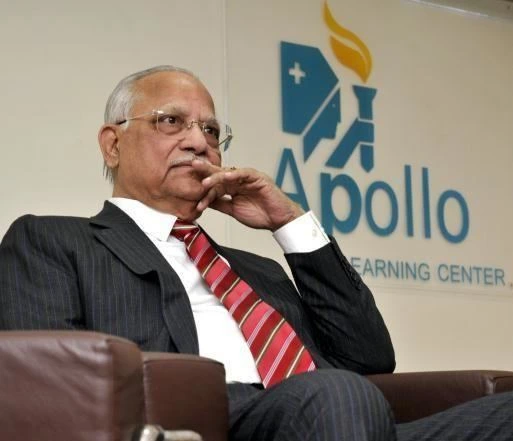
Battling bureaucracy and disbelief
In an era when private hospitals were unheard of, the idea of a corporate hospital sounded audacious. But Dr Reddy was not chasing profit; he was pursuing parity with the belief that an Indian patient deserved the same standard of care as anyone in Boston or London. The early years tested not just his medical knowledge but his stamina.
I cannot put into words how difficult or how impossible it was. I used to go every Thursday evening to Delhi from Chennai and come back on Sunday morning, week after week. Each time I met 10-15 babus, and then met some of the ministers….I went through a lot but I never gave up.
Dr Reddy recalled in an interview with Harvard Business School
In those days, healthcare was yet to be recognized as an industry; medical equipment faced 100 percent import duty, and access to bank credit was almost impossible. He faced skepticism from policymakers who saw private healthcare as elitist. “India learned two things from the British — the language and bureaucracy,” he said later with a dry laugh. But he persevered. The grind became part of his DNA.
Eventually, he convinced Prime Minister Indira Gandhi of the need for a private hospital model. It was a turning point not only for him but for the Indian healthcare sector. Apollo became the first corporate hospital, the proof of concept that private enterprise could serve public good.
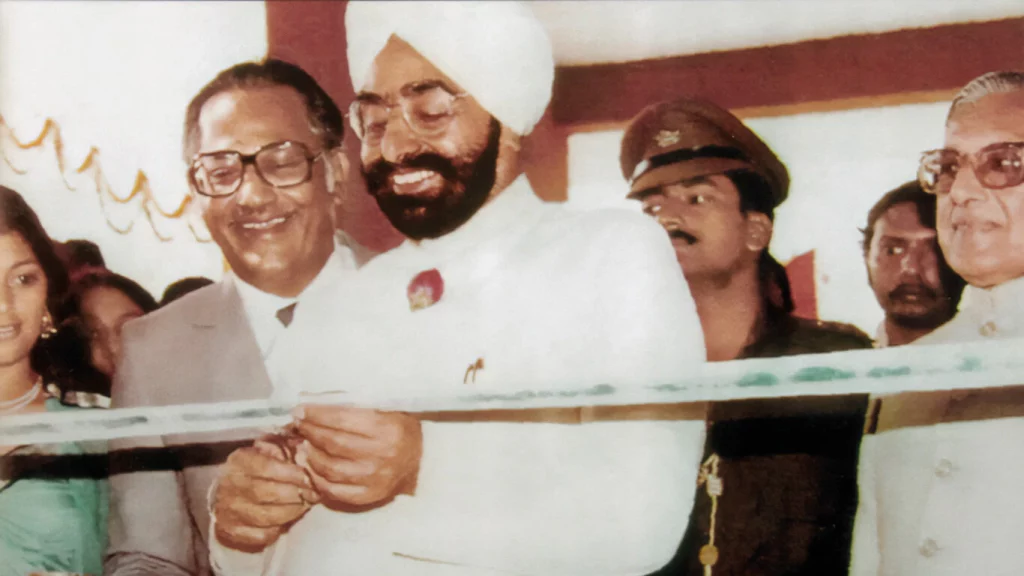
Zail Singh, then President of India inaugurated the first Apollo Hospital in 1983 | Dr Reddy in the right side of the President
Chennai, 1983: the birth of Apollo Hospitals
The name “Apollo Hospitals” came from Dr Reddy’s daughter Suneeta, inspired by Apollo, the father of Asclepius, the Greek god of healing. The first hospital opened in Chennai in 1983 with 150 beds and an ambition far larger than its footprint. Soon, many doctors who had trained abroad began returning home, drawn by the opportunity to be part of something historic. Patients, too, began arriving, first from across India, then from abroad.
When we achieved success, we didn’t let it go to our heads. It’s essential to remain humble and think about doing even more.
Dr Reddy mentioned in an interview with Business Today
The humility was hard-earned; the struggle was relentless.
The firsts that changed the landscape
Over time, Dr Reddy turned Apollo into a laboratory for innovation. He bought India’s first CT and MRI scanners, long before such technology was considered feasible. In 2000, during President Bill Clinton’s visit to India, he connected his village to a doctor via satellite for the world’s first VSAT-enabled teleconsultation. This extraordinary demonstration drew global attention. The child examined that day was successfully treated at Apollo, symbolizing how technology could erase geography.
He launched the Aragonda ₹1-a-day insurance scheme, introduced preventive health checks decades before they became common, and as Chairman of the CII National Healthcare Committee, helped frame India’s first hospital accreditation standards. Each initiative expanded what healthcare in India could mean.
Building an ecosystem, not just hospitals
From that single hospital, Apollo grew into one of the world’s largest healthcare networks — over 10,000 beds across more than 70 hospitals, supported by 4,000 clinicians and 65,000 employees. Yet scale was never his measure of success. What mattered was building an ecosystem: education, research, insurance, and digital care that would sustain the vision.
He established institutes for postgraduate medicine, nursing, hospital administration, physiotherapy, and clinical research, creating the very talent pipelines that India lacked. The Apollo Telemedicine Networking Foundation and Health Super Hiway made remote care a reality long before the pandemic. Apollo Munich Insurance changed how families could afford treatment. And Apollo Reach Hospitals brought specialized care to smaller cities, bridging the gap between rural patients and urban expertise.
“Our focus should be on helping others, and in healthcare, that means saving lives,” Dr Reddy said. It was a simple philosophy, but one that shaped an empire built on compassion.
Family as force multiplier
Behind the visionary doctor stands a family that shares his mission. “My strength is stree shakti — women power,” he often says. His wife, Sucharitha, and four daughters, Preetha, Suneeta, Shobana, and Sangita have each carved roles in the organization. All four were below the age of 12 at the time of their relocation to India from the United States. Preetha and Shobana, now serve as Vice Chairpersons, Suneeta as Managing Director, and Sangita leads Apollo’s digital transformation and AI-driven ProHealth program.
“The professionals effectively manage the hospital, the Board meticulously reviews and provides advice,” he explained. The structure reflects continuity, a family’s shared purpose balanced by professional governance.
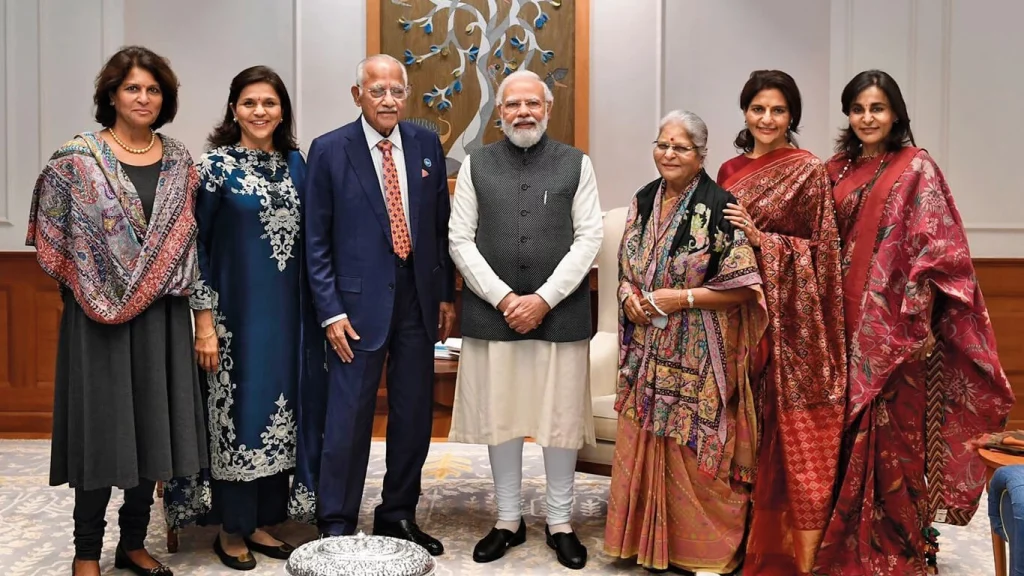
PM Modi with Dr Reddy, his wife and daughters
The preventive turn, and the data future
Long before “wellness” became a buzzword, Dr. Reddy insisted that prevention was as vital as cure. Apollo’s ProHealth platform carries that belief into the digital age, using AI and predictive analytics to identify health risks early and create lifelong medical records. His mantra remains unchanged: install tomorrow’s technology today.
“From embracing technology and now AI, I’m ready to make another first,” he said in a recent interview. For him, innovation means staying one step ahead of need.
Philanthropic endeavours
- SACHi (Save A Child’s Heart Initiative): Pediatric cardiac care that treats ability to pay as a circumstance, not a determinant.
- CURE Foundation: Cancer care combining treatment and awareness.
- DISHA (Distance Healthcare Advancement): Telemedicine for India’s most remote regions.
- Indian Head Injury Foundation (IHIF): Emergency and rehabilitation support for trauma victims.
ALSO READ: Dr Lokeswara Rao Sajja: From rural roots to 10,500 heart surgeries that saved lives
